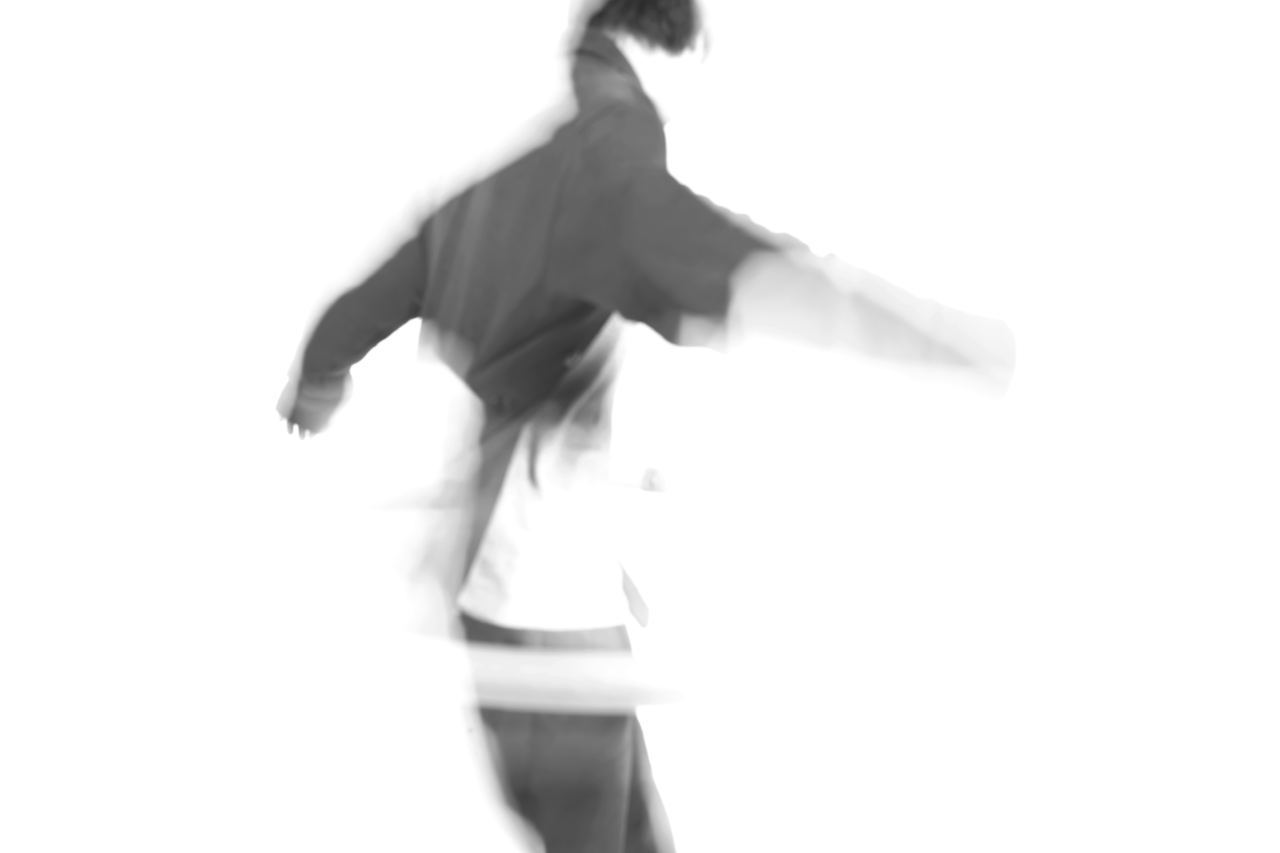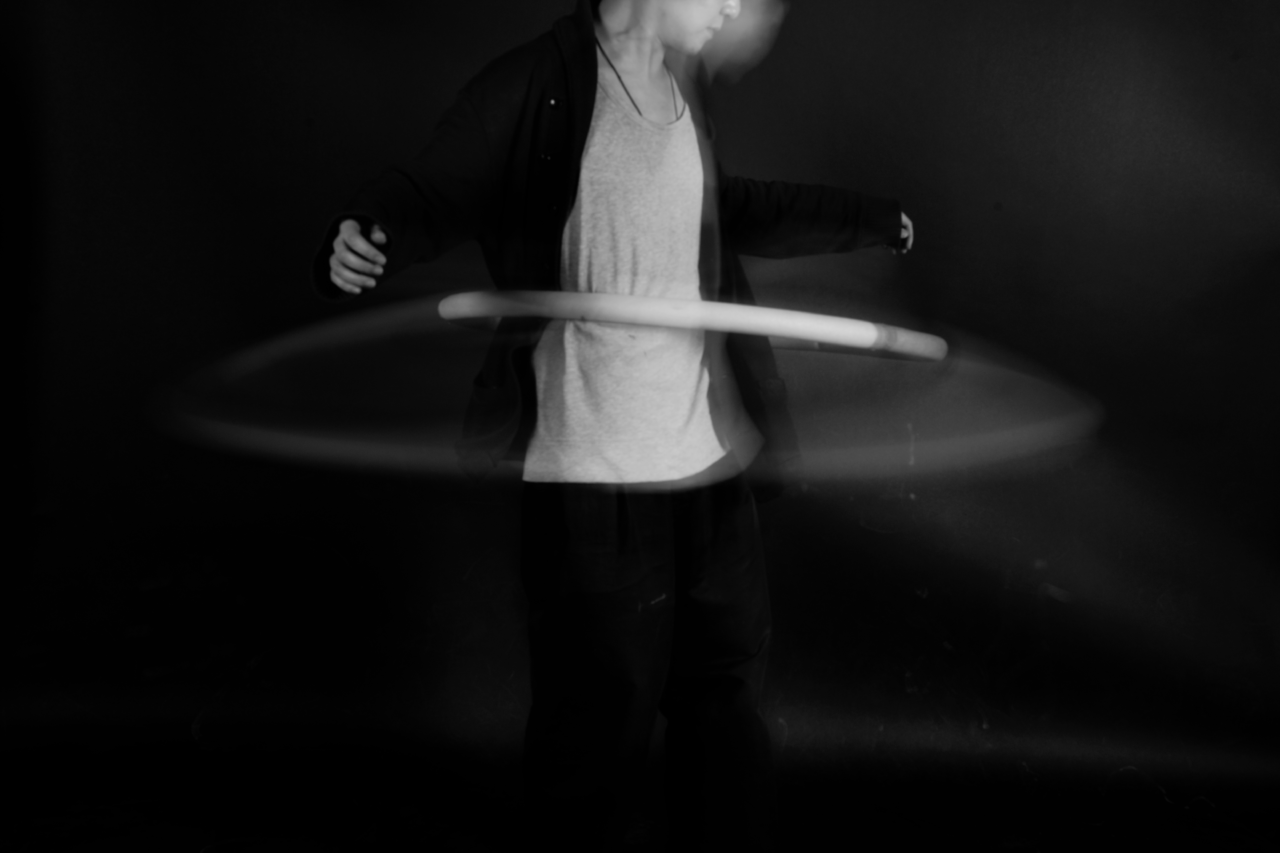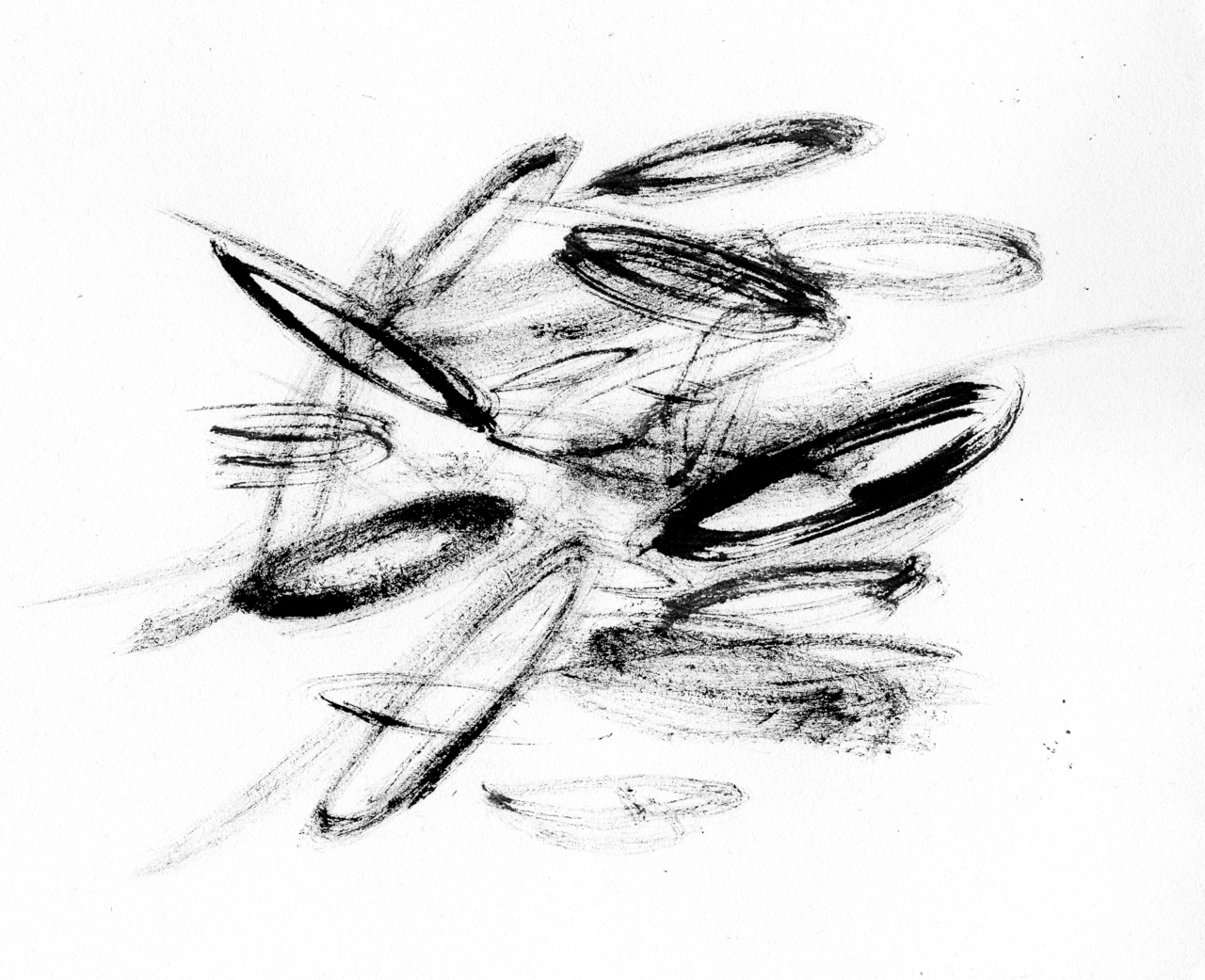Hula Hoop

Hula Hoop
I. Both, a means and an end to internalize and embody the meaning of neutrality through action
II. The act of releasing denial of the dichotomous world in a culturally acceptable way through High Spirit
Hula hoop is both, a means and an end for the subjects to internalize and embody the meaning of neutrality through its movement. The subjects feel ambivalent powers by it, centrifugal and centripetal forces. Centrifugal force means the power to immediately move to a new spirit according to changes in the subjects’ consciousness and surrounding situations. Centripetal force does the power to maintain existing things. This simultaneous process makes the subjects feel generation, change, extinction, and creation of the mind in a constant tension relationship, pushing and pulling each other. By doing so, the ambiguity of the movement is embodied as sensory imagery in the subjects’ mind and strengthens his/her life movement of consciousness by making them feel High Spirit. Only then do the subjects feel alive against this reason-centered world.

Moreover, the subjects release denial of the dichotomous world through its static but delicate and dynamic but not radical movement. The subjects replace the linear movement of this reason-oriented world, where lines up us according to the logic of superiority and inferiority with a curvilinear movement of nature in order to restore its original balance.

Finally, its ambiguous movement implies variability. Therefore, the subjects who have resonated with neutrality claims to be anyone defined as an evil in this dualized society, refuse and accept the existing norms resolutely.

PLAY
Rager Caillois (1913-1978) redefined the theory of play from a critical perspective in his book Man, Play and Games (1961), while inheriting the theory of Johan Huizinga (1872-1945). According to him, one of the types of play, Agon was corrupted by reality so that the modern society has been facing unconscious competitions. In terms of socialization, play plays an important role for subjects in establishing the meaning of a relationship not only with oneself, but also with others. Through play, the subject feels both victory and defeat, observes the feelings of others and learns the spirit of patience, consideration, and respect. This means that the nature of play is process-oriented regardless of the logic of victory and defeat or the superiority and inferiority. As such, play leaves a reflective lesson to the reason-oriented world and presents the society we need to pursue. In the end, I would like to suggest the spirit of play for the public to accept it actively through the hula hoops and send a skeptical message to this fictional world.
BACKGROUND
According to a modern French philosopher, Henri-Louis Bergson, all things are liquid due to their attribute to last over time. Also, these does not provide humans with any perception as changing. Therefore, all things are ambiguous so that these cause fear in humans. Ironically, the operation principle of human reason is inevitably modeled on solid. The solid property means a way to analyze the inseparable liquid motion of all things by moving them to an enclosed space. This misrepresents the attributes of the object as it distorts time and furthermore, the solidified language by artificiality worsen the contradiction. Nevertheless, humans have distinguished things that is undistinguishable by using reason as a weapon to overcome instinctive fear of ambiguity. In the end, differences became discrimination and humans are faced with a situation in which not only our relationship with nature, but also with others and even ourselves has been severed.

From the point of view of traditional Korean naturalism, all things are reciprocally related to each other in the totality of Mother Nature, integrated and balanced. By inheriting this spirit, I would like to re-examine neutrality that has been shunned with stigmas of a bystander and an opportunist. Fundamentally, this is to restore the relationships with others that have been separated by reason.

Firstly, neutrality is a universal attitude that reason need to pursue. Secondly, neutrality is a humble attitude toward ambiguity of all things. Thirdly, neutrality is a self-reflective attitude that should be taken to social conflicts. Fourthly, neutrality is an optimistic attitude with a will for a new multilateral era.

In conclusion, my aim through this project is to give validity to neutrality, specify and redefine its meaning by taking inspirations from traditional Korean aesthetic consciousness(High Spirit, Humor, Naivete, Tranquility) and the movement of hula hoop.
Audiovisual: https://youtu.be/As-0gpMCTt8